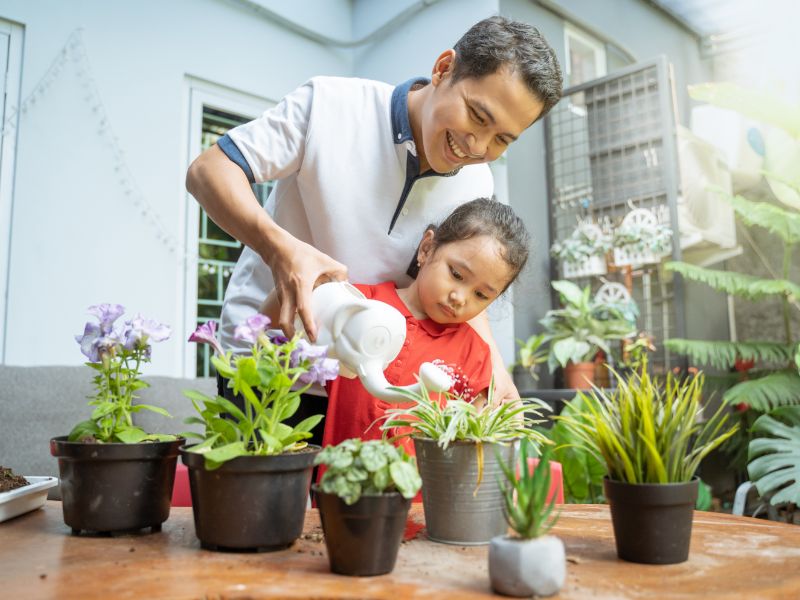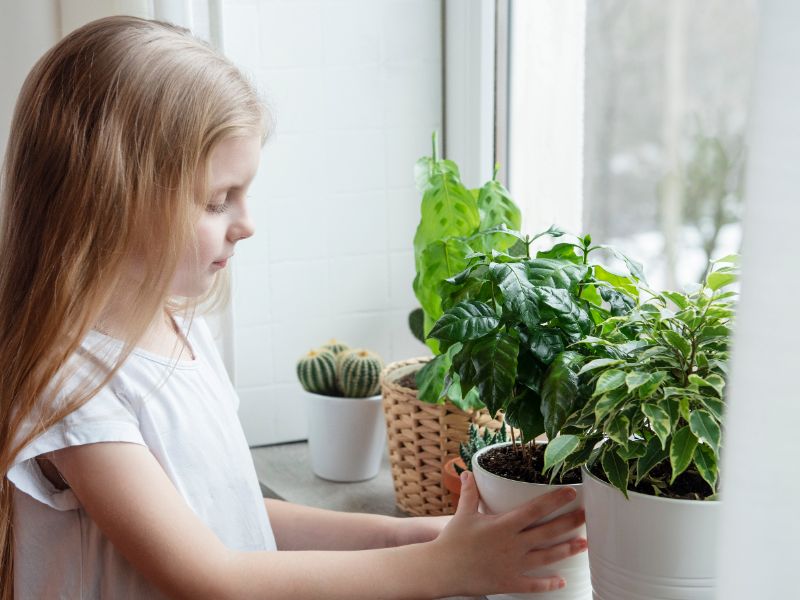We’ve all been there, we bring home a lush, green houseplant and before we know it, it’s wilting and looking sorry for itself. But don’t worry, we’re here to help! In this guide, we’ll share our top tips for reviving neglected houseplants.
We’ll cover everything from identifying signs of neglect, to ongoing care. Let’s breathe new life into your green friends together!
Identifying Signs of Neglect
In our quest to revive neglected houseplants, the first step we’ll take is identifying the signs of neglect, which can manifest in several ways.
We’ll look for drooping leaves, which indicate dehydration, or yellowing leaves, which suggest overwatering. We’ll also check for brown leaf tips, a sign of excessive fertilizer or poor water quality. Wilting, despite regular watering, could mean a root problem. We’re not forgetting pests.
We’ll inspect for tiny webs, sticky residue, or unusual spots, which are telltale signs of pest infestation. Lastly, we’ll assess the growth. Slow or stunted growth might mean it’s not getting enough light.
Essential Houseplant First Aid
Having identified the signs of neglect, we’re now ready to dive into the essential first aid for our ailing houseplants. First, we’ll check the soil.
- If it’s too dry
- We’ll gently water until moist
- Not soaked
- Overwatering can lead to root rot
- For waterlogged plants
- We’ll repot with fresh
- Well-draining soil
Next, we’ll prune any dead or yellowing leaves, promoting new growth. If pests are present, a mild soap solution can help.
Lastly, we’ll ensure the plant’s environment suits its needs – adjusting light, temperature, and humidity as required.

Watering and Feeding Techniques
Now, let’s delve into some essential watering and feeding techniques that’ll help our plants thrive. Overwatering is a common mistake we often make. It’s best to water when the top inch of soil is dry. Remember, different plants have different water needs.
Succulents and cacti need less water, while ferns and peace lilies prefer more moisture. Next, we’ll discuss feeding your plants. Most houseplants benefit from a good quality, water-soluble fertilizer applied during their active growing period. It’s crucial not to overfeed; doing so can cause more harm than good. Follow the package instructions for application rates.
With these watering and feeding techniques, we’re sure to revive our neglected houseplants and make them flourish once again.
Ideal Lighting and Temperature Conditions
Moving on, let’s explore how to provide our houseplants with the ideal lighting and temperature conditions they crave. Not all plants need the same amount of light or warmth to thrive. It’s crucial to research the specific needs of each plant.
As a general rule, most houseplants do well in bright, indirect light. Avoid placing them in direct sunlight, as this can burn their leaves. In terms of temperature, most houseplants prefer a consistent environment between 65 and 75 degrees Fahrenheit.
Keep them away from drafts, heaters, or air conditioning vents that could cause sudden temperature changes. If we’re careful, we can create the perfect environment for our plants to thrive, not just survive.

Ongoing Care for Healthy Houseplants
Continuing our journey towards vibrant houseplants, we’ll delve into the ongoing care that keeps them healthy and thriving. Regular watering is crucial, but remember, overwatering can cause root rot. We’ll determine the right amount based on the plant’s type and its environment’s humidity level.
Fertilizing is another important aspect of care. We’ll use a balanced, water-soluble fertilizer. It’s essential to follow the package instructions to avoid over-fertilization.
Finally, don’t forget to dust the leaves. It’s not just an aesthetic choice; dust can block sunlight and reduce the plant’s ability to photosynthesize.
We’ve journeyed through identifying neglect
Providing first aid, watering, feeding, and ensuring ideal conditions for our houseplants. It’s clear that reviving neglected houseplants isn’t a walk in the park, but it’s absolutely worth it.
Remember, consistent care is key. Let’s not just rescue our plants, let’s continue to nurture them.
With patience and effort, we’ll see our green friends thrive once more. Here’s to healthier, happier houseplants!






